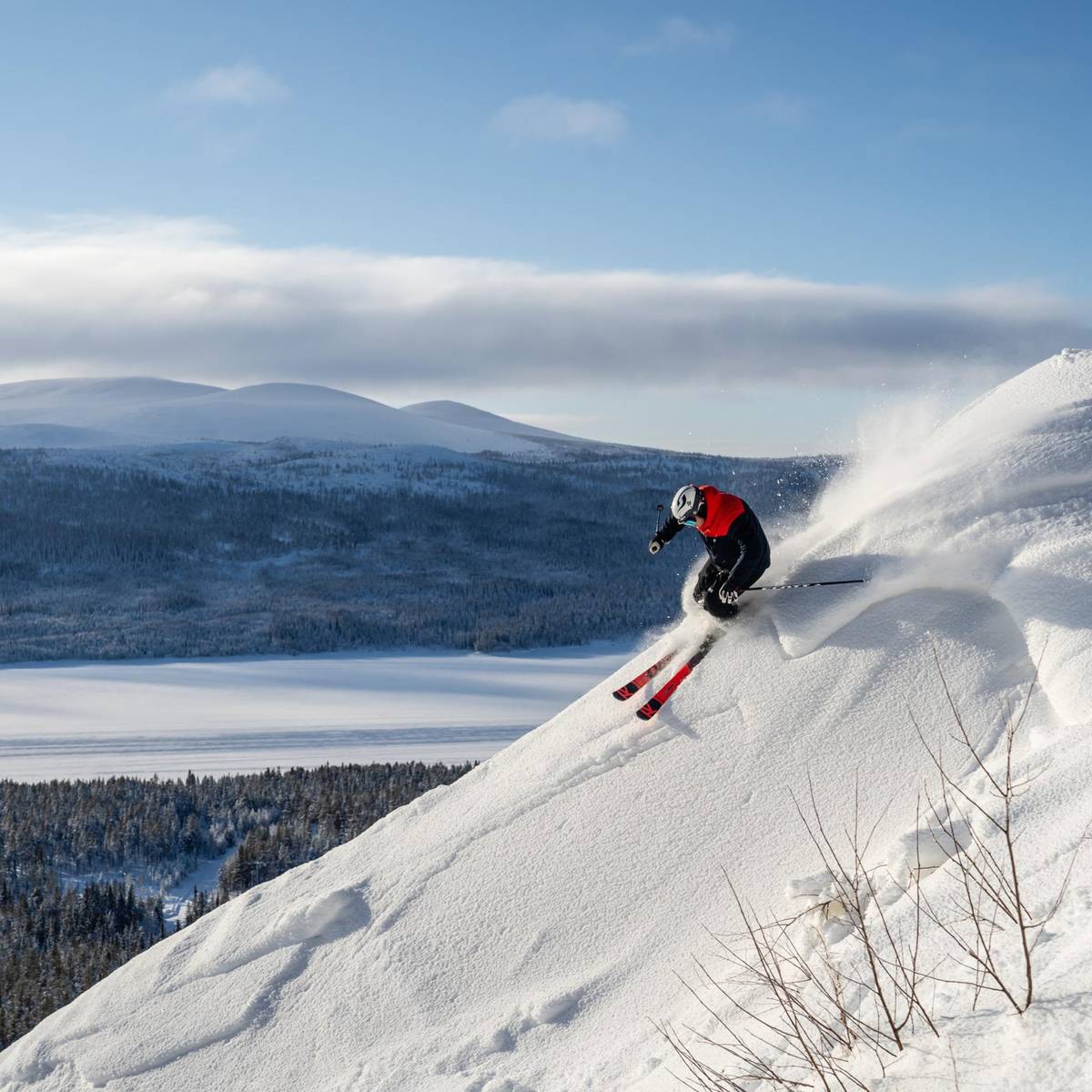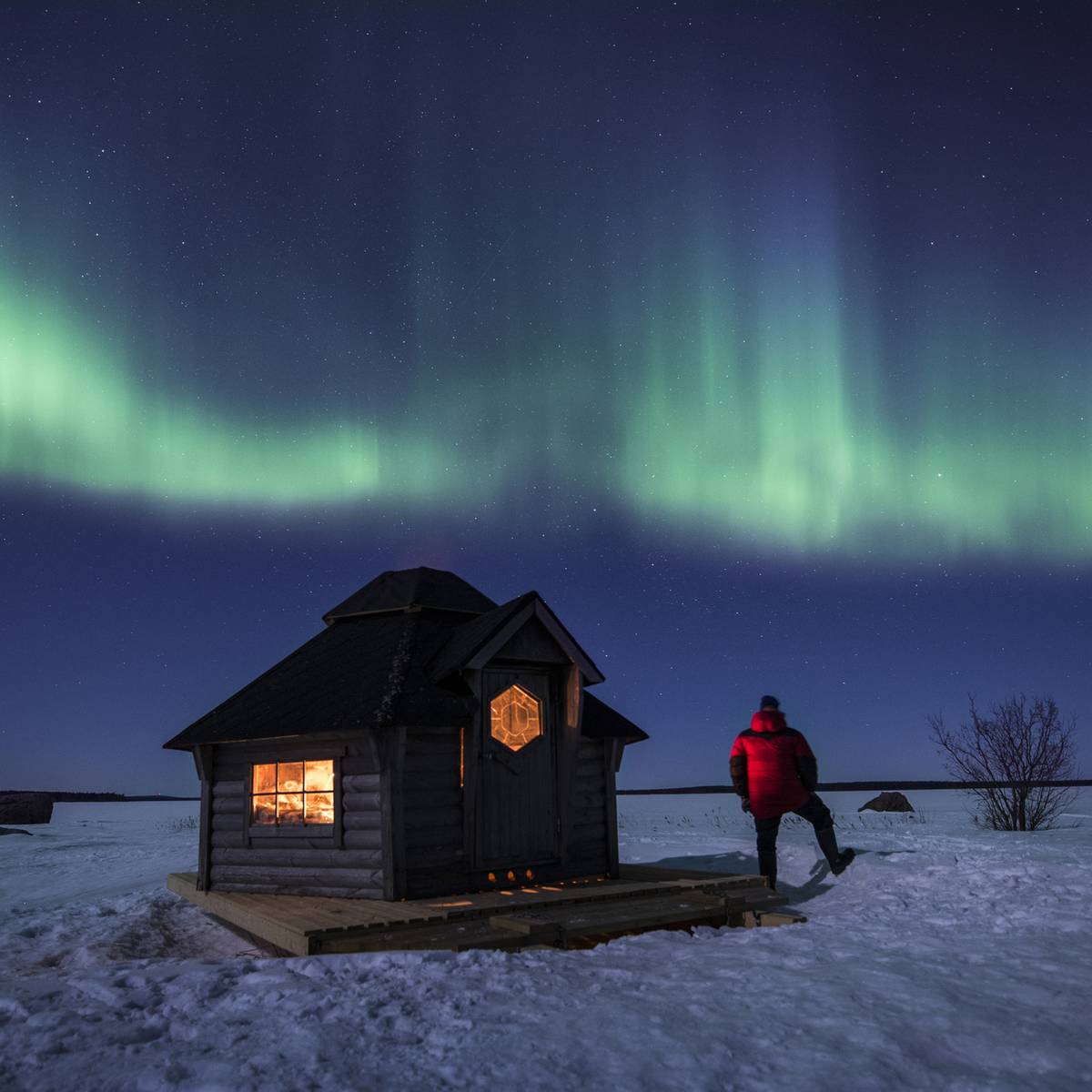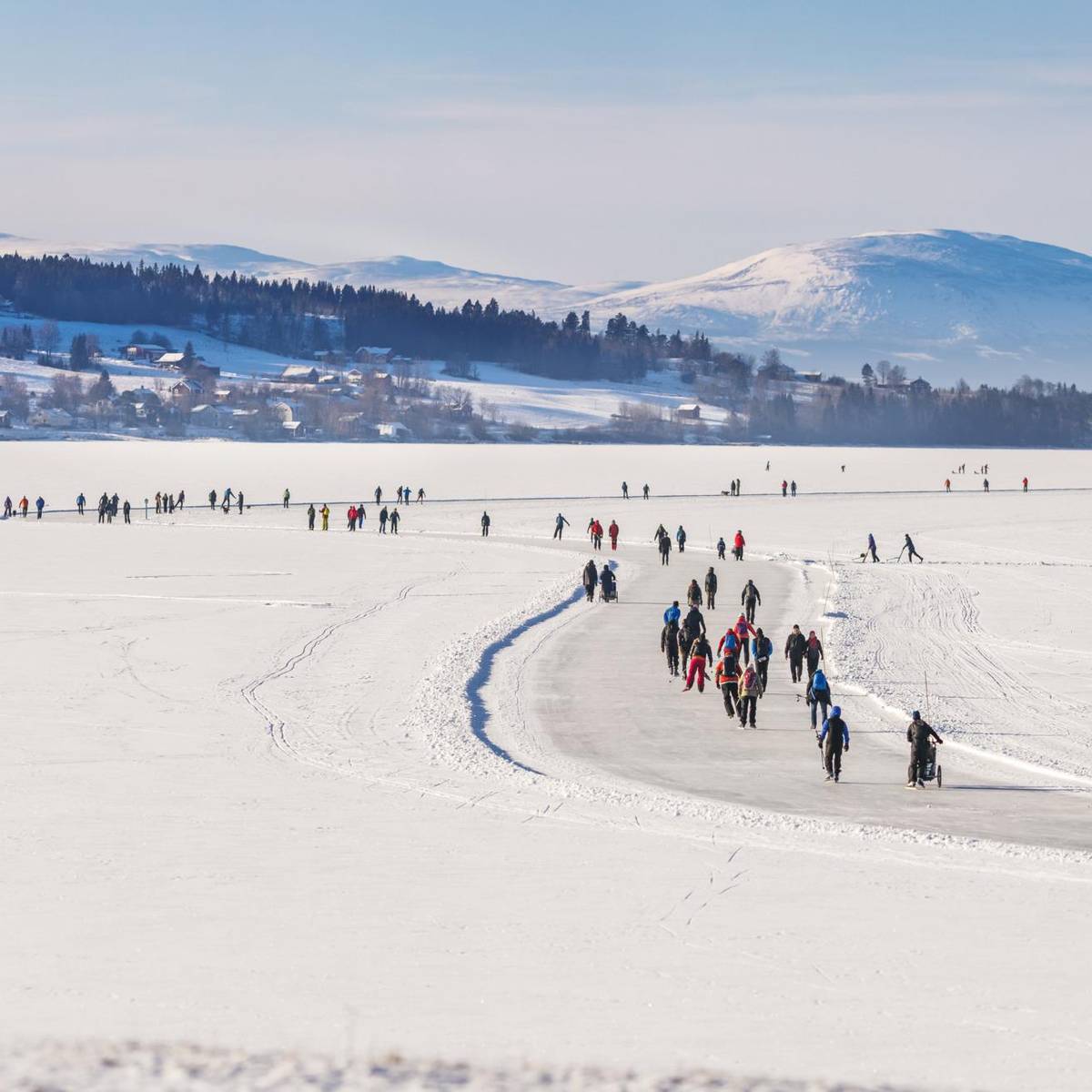Stockholm
The capital of Sweden serves up a range of possibilities to go cross-country skiing around the city with both natural and/or artificial snow. Stockholm Olympic Stadium (often referred to as ‘Stadion’) in the city centre and Hellasgården in Nacka nature reserve are two popular tips, but you can also find natural tracks in different areas.
Sörmland
Eskilstuna: Eskilstuna has several cross-country skiing tracks around town. Some tracks are lit until 10 pm, and the length varies from 1.3 kilometres up to 13 kilometres.
Nyköping: In the town of Nyköping, many floodlit trails are turned into cross-country skiing tracks during winter. Choose between forest trails and open fields.
West Sweden
Billingen, Skövde: Strategically situated on a hill and an Official Vasaloppet Centre, Billingen offers a 11 kilometre long floodlit trail with artificial snow – one of the longest in Sweden. When there’s natural snow, you can enjoy a total of 30 kilometres of tracks.
Lassalyckan, Ulricehamn: Lassalyckan is also an Official Vasaloppet Centre and has been the host for the Cross-Country World Cup several times. The artificial snow track is partly illuminated and stretches up to 11.5 kilometres. On a good winter, you’ll also have 5, 10 and 15 kilometres long tracks of varying difficulty.
Småland
Mullsjö Alpin: When there is snow, Mullsjö Alpin ski resort prepares two cross-country skiing tracks, 5 and 10 kilometres long.
Isaberg Mountain Resort: There are several cross-country skiing opportunities close to Isaberg, with floodlit trails and natural as well as artificial snow, if the weather permits.
Halland
Åkulla Bokskogar: One of the foremost cross-country skiing areas with artificial snow in the county of Halland. Åkulla offers 3.1 kilometres of prepared tracks for at least 30 days during the winter.
Ätrans Ski Centre: Home to Sweden’s southernmost biathlon course and a 3 kilometres long cross-country skiing track with artificial snow and lights until 10 pm. If there is natural snow in the area, another three tracks (5, 7 and 10 kilometres long) are prepared.
Halmstad Skidarena: If the winter is cold enough, Halmstad Golfarena turns into Halmstad Skidarena with a cross-country skiing track of 2 kilometres overlooking the Kattegatt sea area.

















